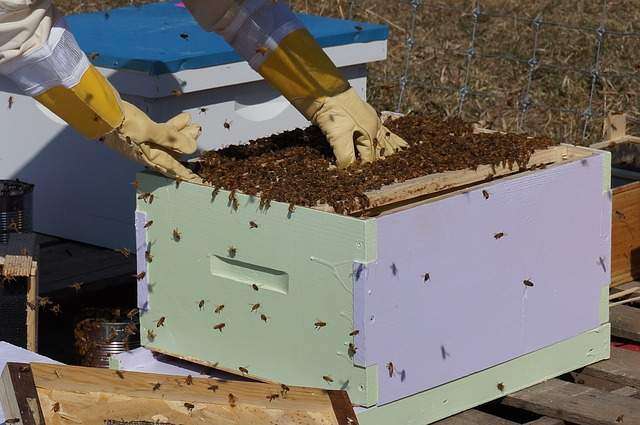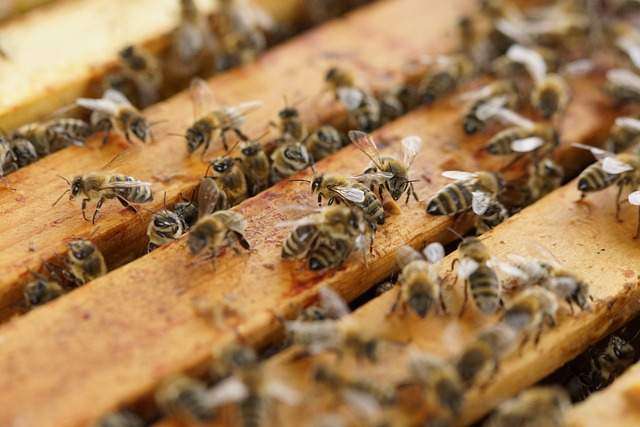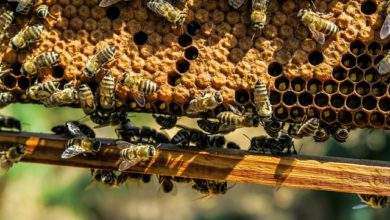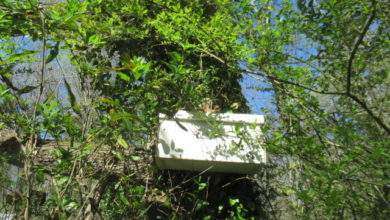How Many Supers?

The character of the honey-flow will determine largely the number of surplus bodies used and the method of taking off the honey. In a slow honey-flow one surplus body is often sufficient and as individual combs are filled and sealed they are removed and the honey extracted. In a heavy honey-flow more bodies should be given at one time so that there will be room for ripening and storing the honey. In the latter case, whole hive-bodies are frequently taken away at one time.
Manipulation of the Supers

To confine the queen to the lower hive-body and prevent brood from being scattered throughout the hive, one of two methods may be employed. If a queen excluder is used the queen is kept below, but many honey producers object to these on the ground of expense and because they believe the workers are somewhat retarded by them.
If the new supers are always placed directly above the brood-chamber and under the supers already on, there is little likelihood of the queen going above. Under these circumstances the order of the supers is practically the same as in comb-honey production.
Bees probably begin work in new combs more quickly if they are placed near the brood-chamber. In rapid honey-flows, however, bees go readily to the very top of the hive for empty cells without hesitation.
Need of Abundance of Drawn Combs
In any event, plenty of drawn combs should be available and they should be given to the colonies soon enough so that there will always be some empty comb in the hive. If the bees become crowded, the queen may be restricted in egg-laying and there is no room to spread out the nectar for economical ripening. The crowded conditions so commonly found in comb-honey production should be avoided in the production of extracted-honey.
The advantage of fully drawn combs is especially evident in poor seasons, for then the bees may refuse to build combs but will store all the honey available if drawn combs are provided.
The giving of frames entirely or partially filled with foundation from which combs must be built, diverts a part of the colony to wax building and probably reduces the field force, although wax is secreted chiefly by young bees not yet ready for work in the field.

Part of the honey is consumed in wax building. There may be some delay in starting work on the new combs, which in a heavy honey- flow results either in a loss of honey or in the cramping of the queen. The extracted-honey producer should supply himself with drawn combs in abundance as soon as possible.
These may be obtained economically by hiving swarms on full sheets of comb-foundation. Another good method is to put eight frames in a 10-frame hive as an upper story, four on one side being full combs and the other four being frames containing comb-foundation. This is better than to alternate comb and foundation, in which case the combs are usually
drawn out abnormally thick and the comb-foundation is drawn out slightly. Better combs are built during a good honey-flow for the corners are then filled more completely than
in a small honey-flow. If desired the nectar obtained at the end of the main honey-flow may be utilized in comb building.
Excerpted and edited from:
Beekeeping; a discussion of the life of the honeybee … 1915. Phillips, Everett Franklin, 1878-1951.




